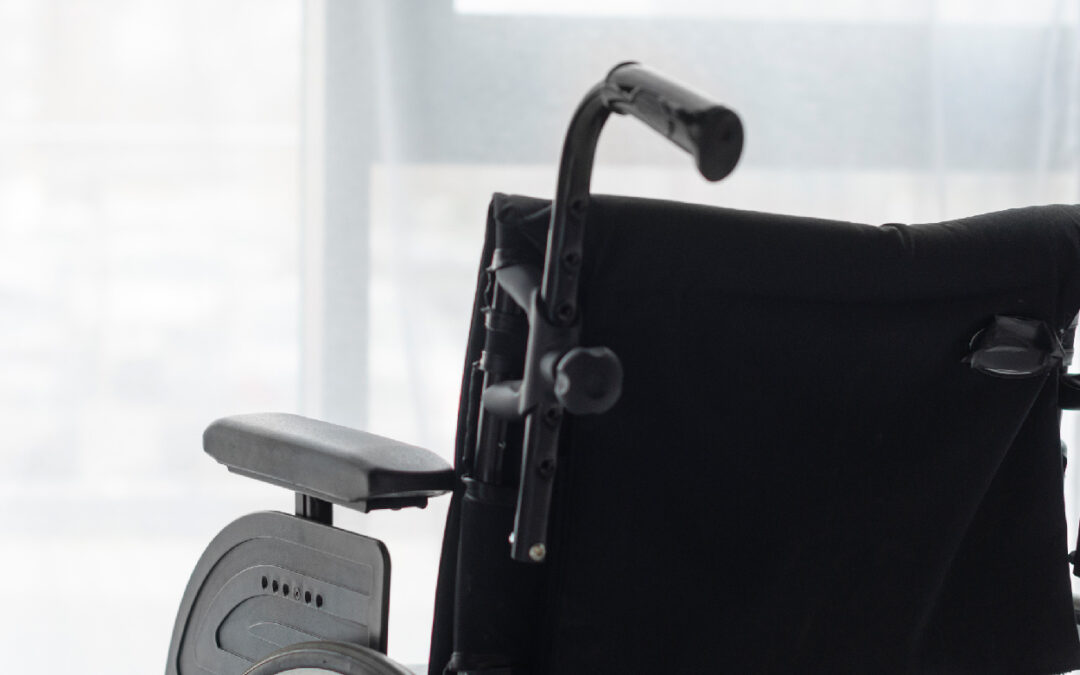What Challenges do People with Disabilities & Obesity Face?
Twenty-six percent the adult population has a disability, and among them, nearly 40 percent have obesity.
Twenty-six percent the adult population has a disability, and among them, nearly 40 percent have obesity. That means this group has one of the highest levels of obesity compared to other adults. In reality, this number may be even higher.
The most common way to determine obesity is by measuring body mass index. However, this method may not be as accurate for people who have less lean muscle mass, as often happens to people in wheelchairs who are unable to use their muscles. People with disabilities also may have more difficulty getting weighed, which can make it challenging to diagnose — or treat — obesity.
There are a number of reasons why people with disabilities, both physical and intellectual, are more prone to weight gain. Here are a few of them:
- Physical limitations that limits or prohibits the ability to exercise.
- Inability to access a place to exercise, indoors or outdoors.
- No one available to drive to a gym — and not all equipment is accessible if they can get there.
- Take medicines that increase appetite and lead to weight gain.
- Limited advice about appropriate nutrition or how to exercise based on the disability.
And while anyone with obesity can face additional health challenges, such as diabetes or heart disease, this risk can be higher among people with disabilities because it may be difficult or even impossible to change their lifestyle to add exercise or some type of physical activity.
People with disabilities also often have to deal with obstacles and discrimination that may not be apparent to others, such as obstructed access to buildings, limited resources to deal with their disabilities and uninformed (or bad) attitudes directed toward them. Obesity can make their lives even more difficult.
What better way to start the season of giving than to give ourselves? The next time you go for a walk or go into to a store, imagine walking (or wheeling) a mile in someone else’s shoes (or chair) and think about all the challenges (like curbs, boxes in aisles, etc.) that you may not give a second thought and how they impact someone else’s life. Then think about ways you can help create bridges and knock down barriers, literal and figurative, and take steps to create a more inclusive community.


